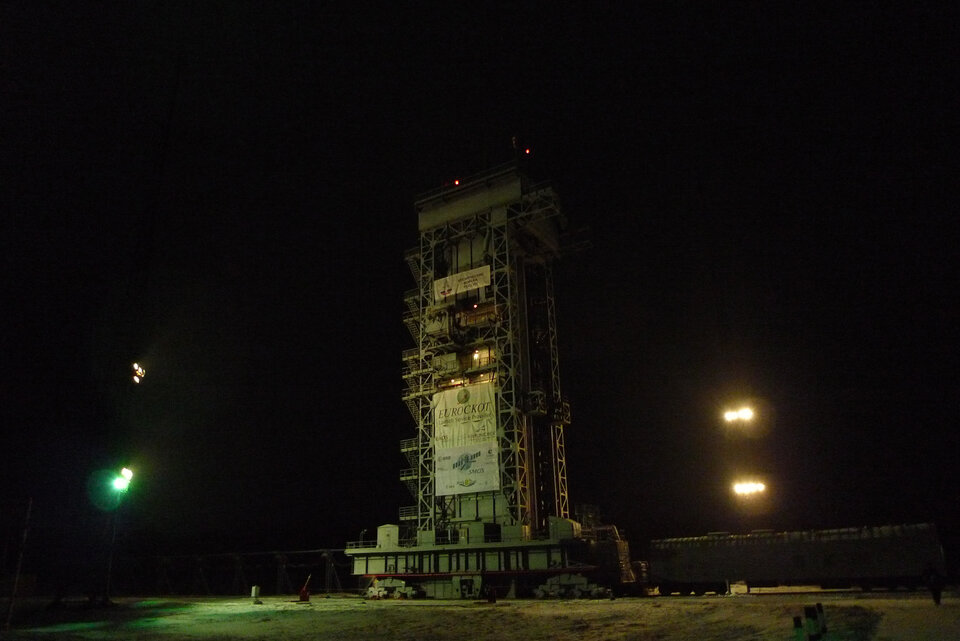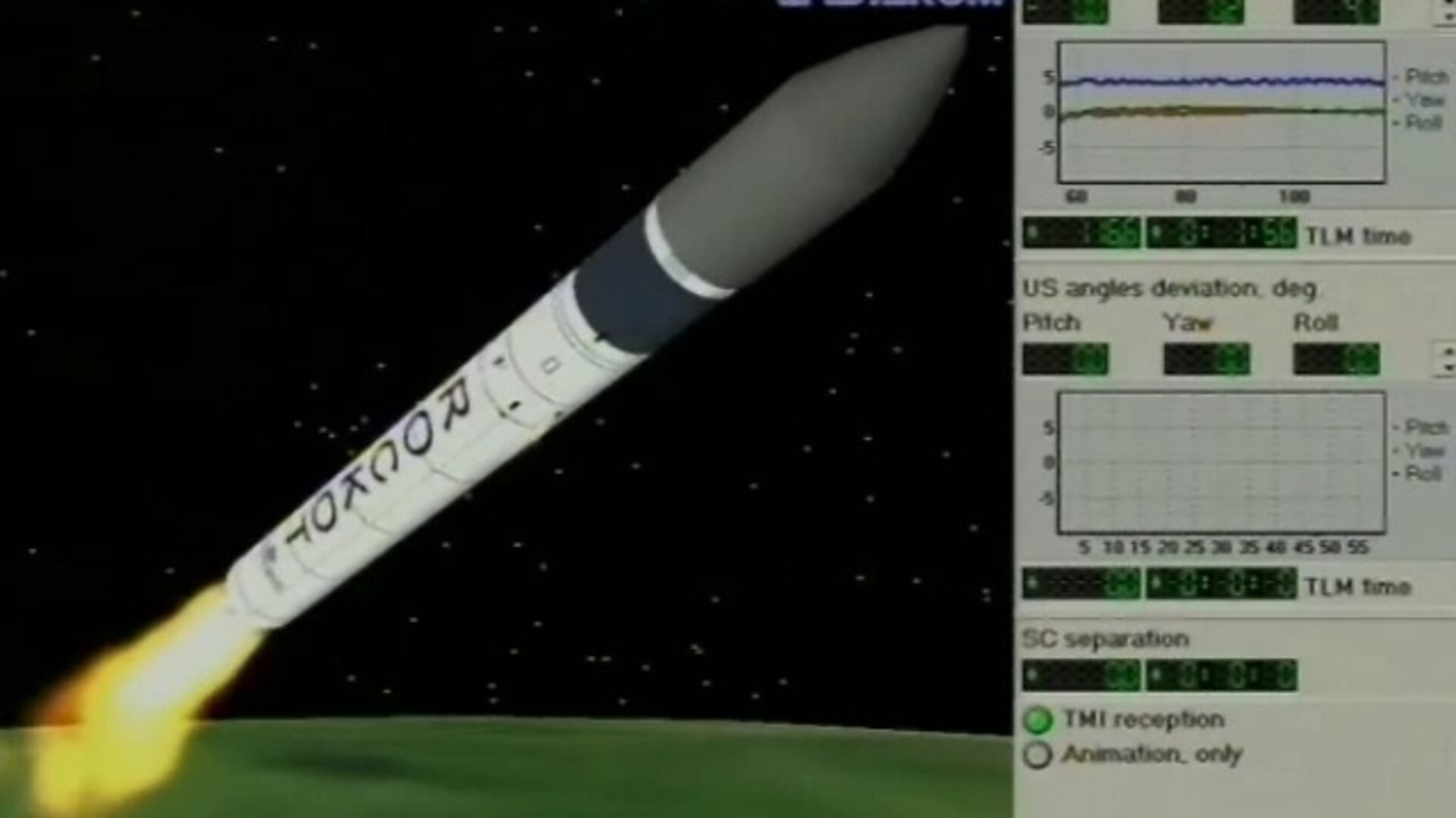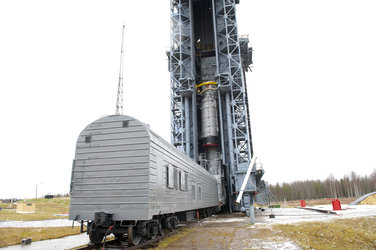About the launch
SMOS was launched on 2 November 2009 by a Rockot launch vehicle from the Plesetsk Cosmodrome in northern Russia. Proba-2, one of the smallest satellites ever built by ESA, piggybacked its way into orbit on the same rocket.
Situated about 800 km north of Moscow, Plesetsk is surrounded by taiga forest. Although the cosmodrome was founded in 1957 as the world’s first operational intercontinental ballistic missile base, its existence remained a state secret unit 1983. After the end of the Cold War it was opened up for commercial launch services.

The Russian Rockot launch vehicle is a converted SS-19 Intercontinental Ballistic Missile (ICBM).
Around 150 of the SS-19 missiles were declared as excess in military terms by the Strategic Talks on Arms Reduction Treaty agreements signed by the US and the Soviet Union in 1990 and 1991, but were permitted to be reused as civil launchers. Rockot began commercial launches in May 2000.
The adaptation of the SS-19, which was designed as a weapon of war during the early 1970s, uses the original two lower liquid propellant stages of the ICBM in conjunction with a third stage for commercial payloads called Breeze KM, optimised for delivering satellites of up to 1950 kg into low Earth orbit.
Rockot is marketed and operated by Eurockot Launch Service, GmbH, joint venture between Airbus Defence and Space and the Khrunichev State Research and Production Space Centre.
ESA has, so far, used the Plesetsk Cosmodrome and Rockot to launch three of its Earth Explorer missions: GOCE to measure Earth’s gravity in March 2009, SMOS in November 2009, and the Swarm magnetic field mission in November 2013.










